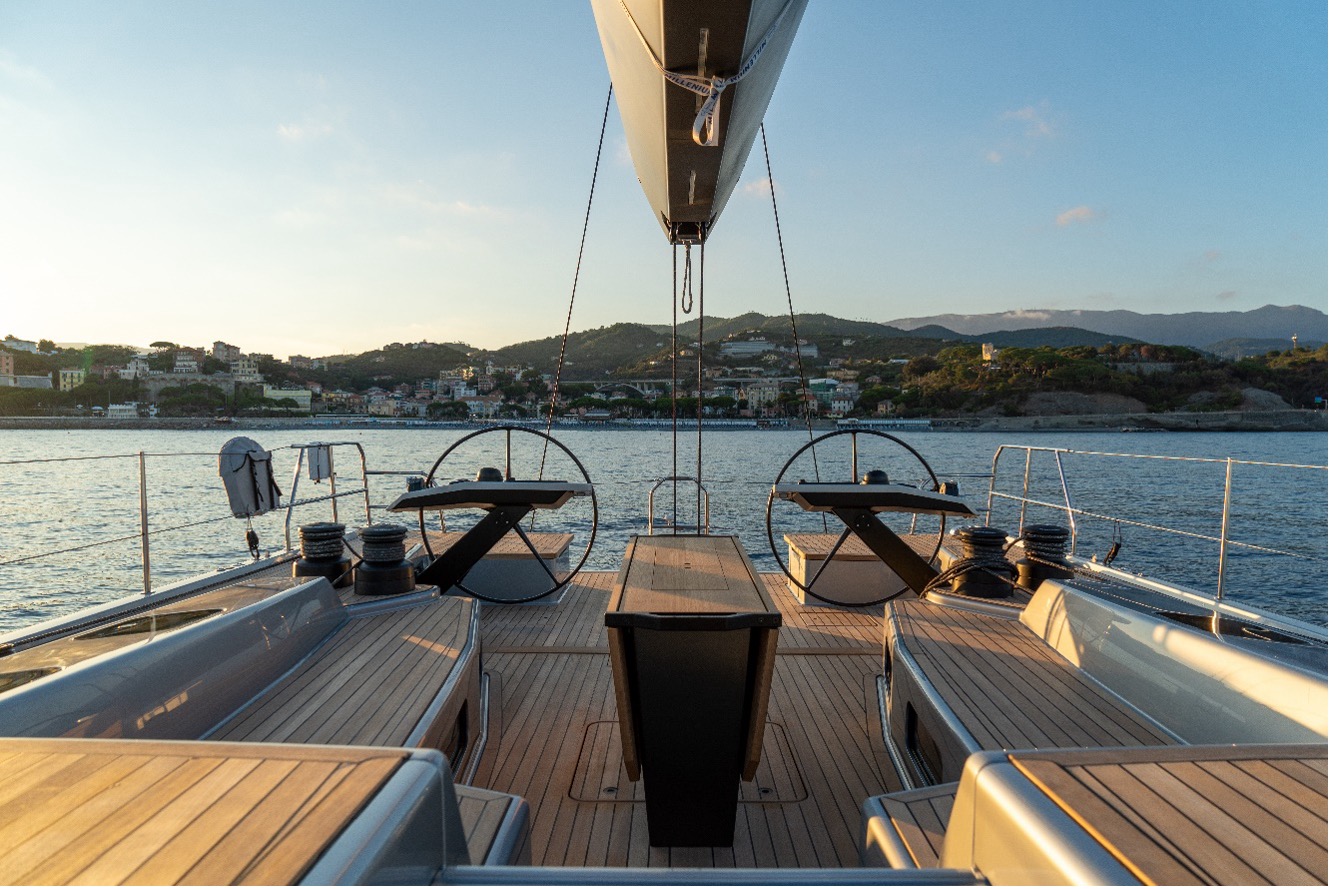Essential for the motion transfer, the oil circulation, the water pump and alternator correct operation, the engine belt is one among the most precious elements of our propulsion system. We’re lost without it.
For the work it does, the belt is destined to get worn-out and replaced. To have a spare one aboard is essential. And it is equally important to check it frequently (the ideal solution would be to dismantle and fold it when overturned) and avoid anything that might wear it so that it doesn’t abandon us suddenly.
But what are the main enemies of the engine belt? Dirt, a wrong tension control, the presence of water and oil in the bilge are all able to make a strong alliance to substantially reduce the life of the belt.
So, the first thing to do is to keep the engine bilge clean so that the belt doesn’t come into contact with water and oil. Pulleys, too, must be cleaned. Especially after a long period of inactivity, the dirt which has settled in the pulleys or the traces of rust which could have traveled into them are two potential enemies of the belt.
Tension is another important factor. If it is too loosened, the belt might slip or wear out while compromising the proper working of the alternator. If it is too taut, on the contrary, pulley mechanisms could be seriously damaged with more expensive economical consequences compared to a normal belt replacement.
So, the first thing to do is to verify that the belt is of the right size and properly placed in the pulley; in short, the belt should be an original piece. Then, we have to check its tension.
According to a general rule, tension is correct when, under the pressure of a finger, it flexes as much as its thickness, that is between 5 and 10 mm.
In the event of an excessive or lacking tension, we can adjust it by loosening the alternator bracket. At that point, we’ll use the handle of a hammer to distance the pulleys in the proper way before tightening the screws again.
But be careful, if the belt is new, the tension control should be done not immediately but about ten minutes after the engine starting.
Finally, if it is necessary to replace the belt, we just have to loosen the alternator bracket again, approach the two pulleys and remove the old belt so that the new one can be reassembled as shown by the video below.
https://youtu.be/Ve3bVhoXkLg
























